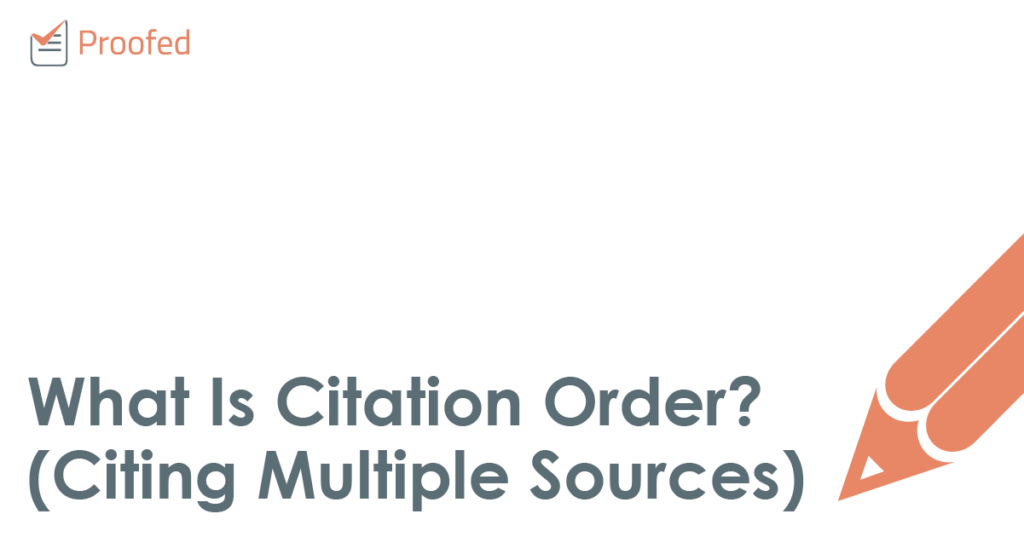Did you know that you can reference more than one source at once? This is a skill that every student should have. In this post, then, we’re looking at the rules for citing multiple sources and how citation order works in author–date referencing.
When to Cite Multiple Sources
Most of the time, one source is enough for a citation. For example, if you simply want to show where an author has discussed something, all you need to do is cite the relevant text:
He argues that sport can be understood in economic terms (Lee, 2015).
But if you want to show that someone has discussed something in more than one text, you could cite multiple sources by the same author. Likewise, to show that several people have discussed the same thing in various places, you could cite multiple sources by different authors.
We will explain how this works below. However, keep in mind that you should only include multiple sources in a single citation if they support the same point. If you’re making more than one point in a single passage of text, you should give a separate citation each time.
Citing Multiple Sources by One Author
To cite more than one source by a single author, all you need to do is list the years of publication in chronological order. For example:
He repeatedly argues that sport can be understood in economic terms (Lee, 1999, 2008, 2015).
This shows Lee has made the same argument in at least three places. Each source would then be listed with full publication details in the reference list.
Find this useful?
Subscribe to our newsletter and get writing tips from our editors straight to your inbox.
One slight exception to this is MLA referencing, where citations do not include a year of publication. If you’re citing more than one source by the same author, you’ll therefore need to give a shortened version of the title for each one.
Multiple Authors (Citation Order)
Things get a bit more complicated when citing multiple sources by different authors. One common way of doing this (e.g., the style recommended in APA referencing) is to list sources alphabetically by author surname with a semicolon between each one:
Other studies on the same subject reject this possibility (Acaster et al., 2002; Herring, 1986; Robins & James, 1992; Widdicombe, 2015).
However, some versions of author–date referencing recommend a citation order based on date of publication. For example:
Other studies on the same subject reject this possibility (Herring, 1986; Robins & James, 1992; Acaster et al., 2002; Widdicombe, 2015).
This makes it essential to check your style guide for advice on citation order. If you cannot find specific instructions, though, simply pick one approach and apply it consistently throughout your document.
Expert Academic Proofreading
To make sure your references are always clear and correct, submit your work to our expert academic proofreaders. Get your first 500 words checked for free today.
